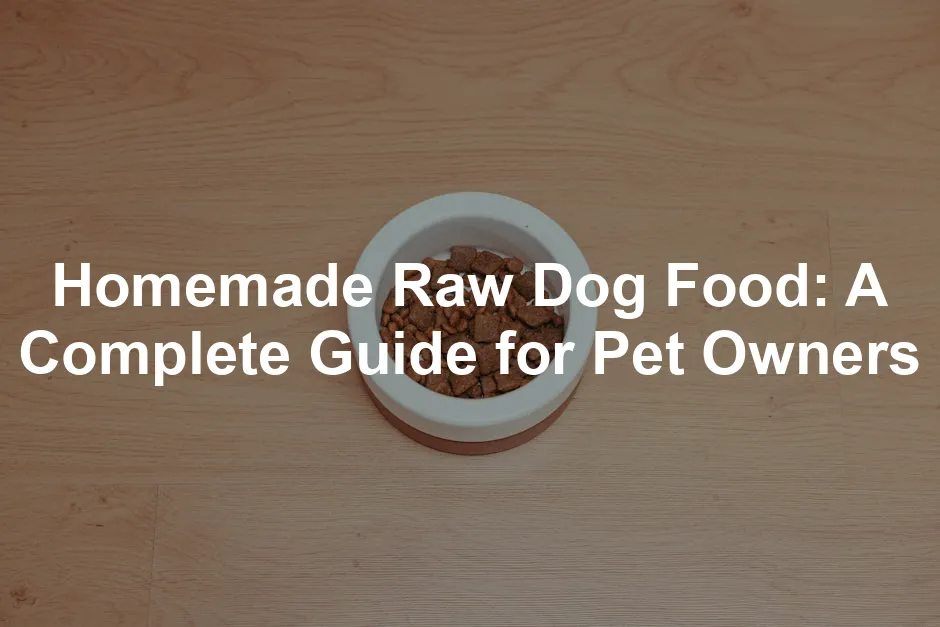Introduction
Homemade raw dog food is gaining popularity among pet owners. Many believe it offers better nutrition than commercial options. By preparing meals at home, you can control the ingredients and ensure your dog enjoys a healthy diet. Plus, who doesn’t love the idea of a culinary adventure with their furry friend?
If you want to take your homemade dog food game to the next level, consider a Dog Food Recipe Book. You’ll find delicious recipes that will have your pup drooling for more!
Summary and Overview
Homemade raw dog food consists of unprocessed meats, vegetables, and fruits. This diet provides essential nutrients like protein, vitamins, and minerals, promoting overall health. Choosing high-quality ingredients is crucial for nutritional value. However, improper preparation can lead to risks, such as nutritional imbalances or foodborne illnesses. In this article, we will cover the benefits, nutritional needs, recipe creation, preparation tips, and potential risks associated with raw dog food diets.
To ensure your dog gets all the nutrients they need, investing in High-Quality Dog Supplements is a great idea. They can fill in any gaps and keep your pup healthy and happy!

The Benefits of Homemade Raw Dog Food
Cost Savings
Making dog food at home can save you money. Many pet owners find that homemade meals are cheaper than commercial options. By buying ingredients in bulk, you can reduce costs even more. Imagine saving 33% or more just by preparing meals yourself. That’s a win for your wallet!
And speaking of saving, consider investing in an Electronic Dog Food Scale. It ensures you’re measuring your dog’s meals accurately, avoiding overfeeding and keeping costs in check!
Quality Control
When you create your dog’s food, you control the ingredients. You can select fresh, high-quality meats and vegetables. This ensures that your furry friend gets the best nutrition possible. Ethically sourced meats enhance not just quality but also your peace of mind. Your dog deserves the best, and homemade food allows you to provide it.
For top-notch quality control, consider using an Airtight Pet Food Storage Container. It keeps your ingredients fresh and prevents any pesky pests from ruining your carefully crafted meals.
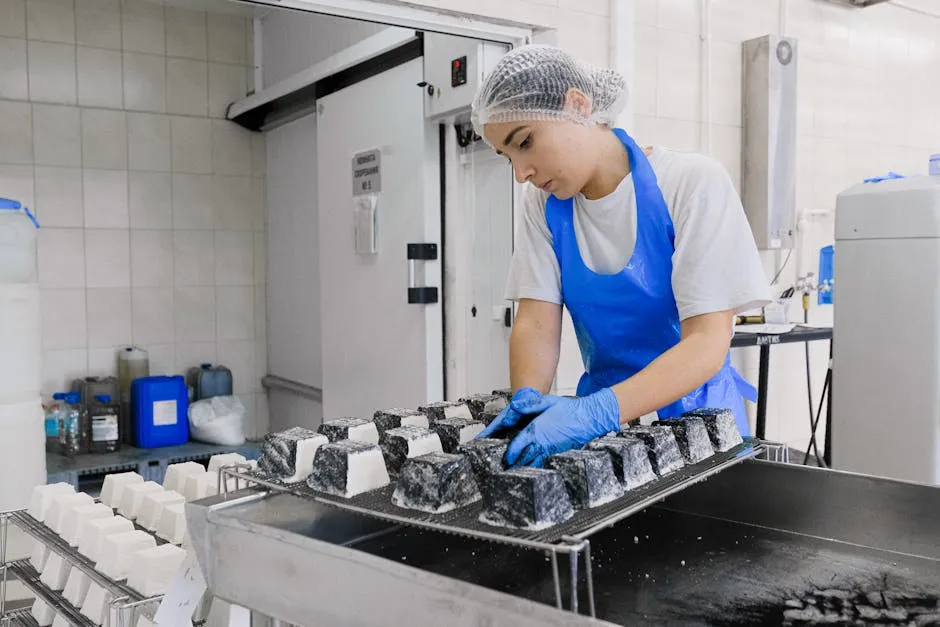
Personal Satisfaction
There’s something special about preparing meals for your pet. It’s not just about nutrition; it’s about love. Every meal you make strengthens the bond between you and your dog. Watching them enjoy food made by your hands can be incredibly rewarding. You’re not just feeding them; you’re showing you care. And what better way to show you care than with some tasty Dog Treats for Training? They’ll be begging for more!
Nutritional Needs of Dogs
Essential Nutrients
Dogs need a balanced diet to thrive. Key nutrients include protein, fats, vitamins, and minerals. Protein supports muscle growth and repair. Healthy fats provide energy and support skin health. Vitamins and minerals are crucial for immune function and overall well-being. Each nutrient plays a vital role in keeping your dog healthy and happy.
To ensure a balanced diet, consider using Dog Grooming Kits. They help maintain your dog’s health by keeping their coat clean and healthy, which is just as important as diet!
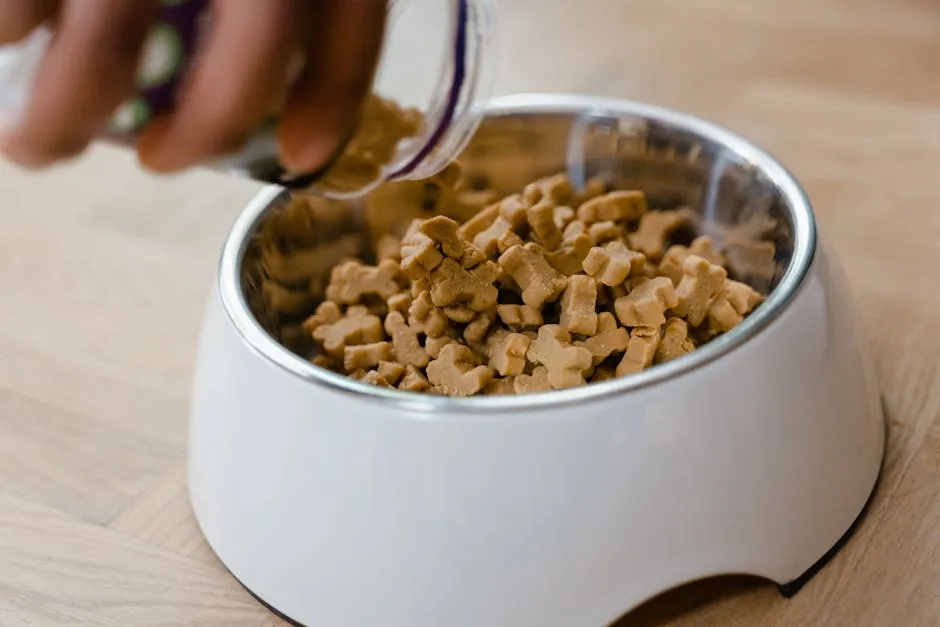
Common Deficiencies
Homemade diets can sometimes lead to nutrient deficiencies. It’s important to ensure your dog gets a balanced diet. Risks include weak bones or poor coat condition. To avoid this, research recipes carefully and consider supplements. Consulting a vet can also help you create a well-rounded meal plan. Your dog’s health is worth the effort!
For added peace of mind, a Pet First Aid Kit is a must-have. It ensures you’re prepared for any unexpected mishaps while your pup enjoys their homemade meals!

Creating a Balanced Raw Dog Food Recipe
Choosing the Right Ingredients
When crafting homemade raw dog food, selecting the right ingredients is crucial. Protein sources are essential for your dog’s health. Chicken, beef, lamb, and fish are excellent options. Each protein offers unique benefits. For example, chicken is lean and easy to digest. Beef is rich in iron, while lamb can be great for dogs with sensitivities. Fish, especially fatty types like salmon, provides omega-3 fatty acids, promoting a shiny coat.
Don’t forget about vegetables and fruits! Some safe choices include carrots, spinach, and blueberries. These add vitamins and antioxidants to your dog’s diet. Always avoid toxic foods like grapes or avocados. Aim for a mix of proteins, veggies, and fruits to create a balanced meal.
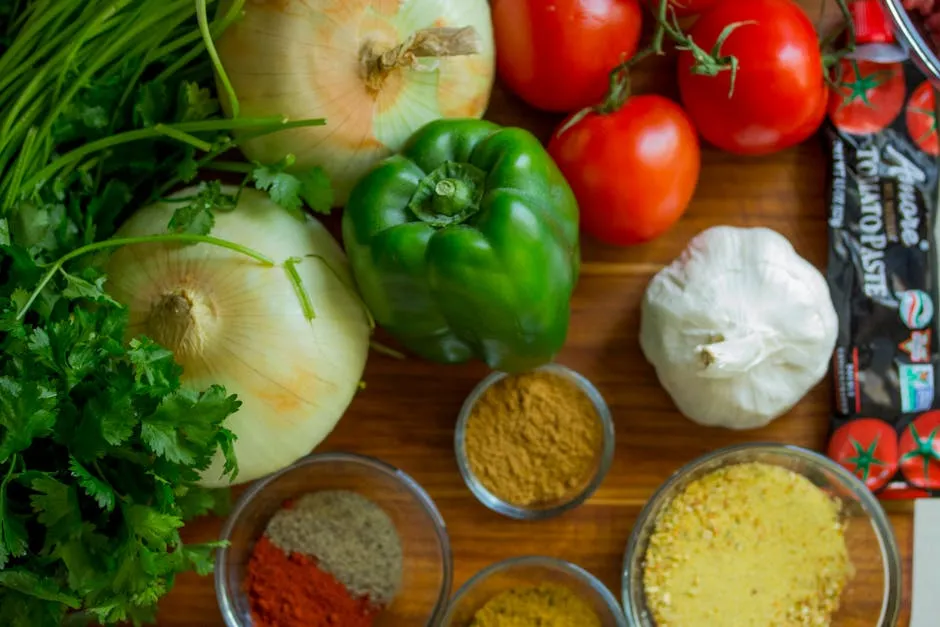
For those interested in more detailed recipes, check out these healthy homemade dog food recipes for senior dogs that can help you create balanced meals.
Sample Recipes
Here are a couple of simple recipes to get you started:
Chicken and Veggie Mix
– 1 lb ground chicken
– 1/2 cup chopped carrots
– 1/2 cup spinach
– 1/4 cup blueberries
Preparation Steps:
1. In a large bowl, combine ground chicken and chopped veggies.
2. Mix until well combined.
3. Serve immediately or store for later.
Beef and Sweet Potato Delight
– 1 lb ground beef
– 1/2 cup mashed sweet potato
– 1/4 cup peas
Preparation Steps:
1. In a bowl, mix ground beef and sweet potato until smooth.
2. Stir in peas.
3. Serve fresh or refrigerate.

Preparation and Storage Tips
Hygiene Practices
Maintaining cleanliness is vital when preparing raw dog food. Always wash your hands before and after handling raw ingredients. Use separate cutting boards for meats and vegetables to prevent cross-contamination. Keep your workspace clean by sanitizing surfaces. Following these practices helps protect both you and your pet from harmful bacteria.
Storage Guidelines
Storing homemade raw dog food safely is important. Keep it in airtight containers in the refrigerator. Use food within three days for optimal freshness. For longer storage, consider freezing portions. This way, you can prepare meals in advance without compromising quality. Simply thaw a portion in the fridge before serving.
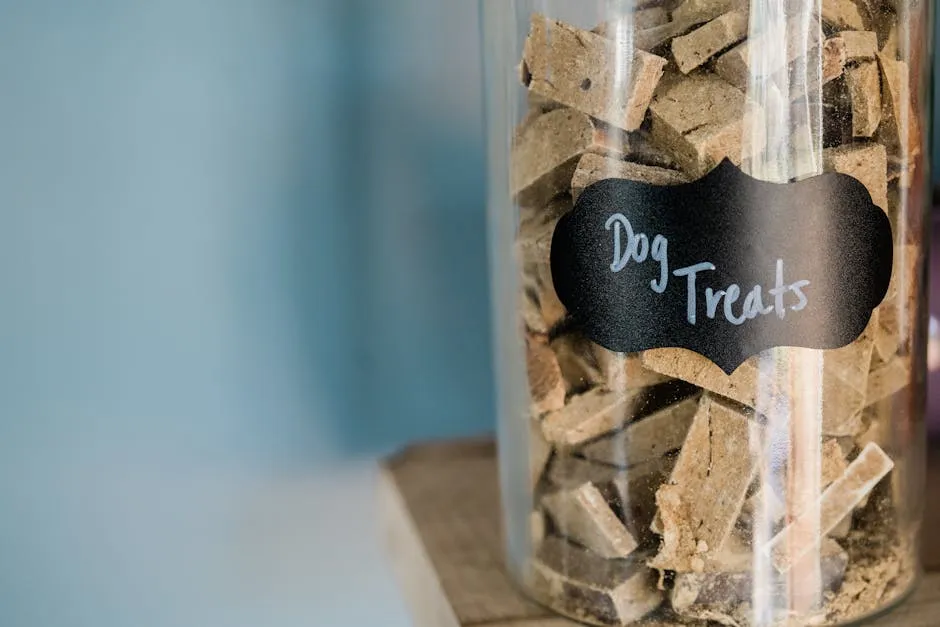
Addressing Potential Risks
Health Considerations
Before starting a raw diet, consult your vet. This is especially important for dogs with existing health issues. Raw diets can pose risks, particularly if your dog has a compromised immune system or chronic conditions. Additionally, raw food can harbor harmful bacteria, such as Salmonella or E. coli. It’s crucial to handle and prepare food safely to minimize these risks.
To be fully prepared for emergencies, every pet owner should have a Pet First Aid Guide Book on hand. It could save your dog’s life in case of an emergency!
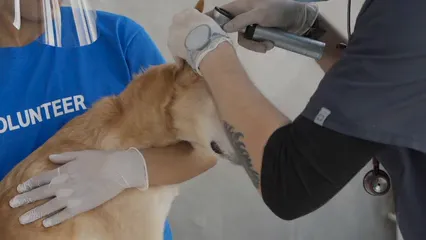
Monitoring Your Dog’s Health
Regularly assess your dog’s health and weight. Check their body condition by feeling their ribs; you should be able to feel them without excess fat. Sudden weight changes or lethargy can signal nutritional imbalances. Watch for signs like dull fur, poor energy, or digestive issues. If you notice anything unusual, reach out to your vet promptly to ensure your dog remains healthy.

Transitioning Your Dog to a Raw Diet
Gradual Introduction
Transitioning your dog to a raw diet should be gradual. Start by mixing a small amount of raw food with their current diet. Increase the raw portion slowly over a week or two. This helps your dog adjust and reduces potential digestive upset. During this time, your dog might experience mild side effects like gas or changes in stool.
Monitoring Progress
Keep a diary to track your dog’s health and behavior during the transition. Note any changes in appetite, energy levels, or stool consistency. Regular vet check-ups are essential as well. Your vet can provide valuable insights and make necessary adjustments to your dog’s diet for optimal health. Monitoring ensures your furry friend thrives on their new diet.
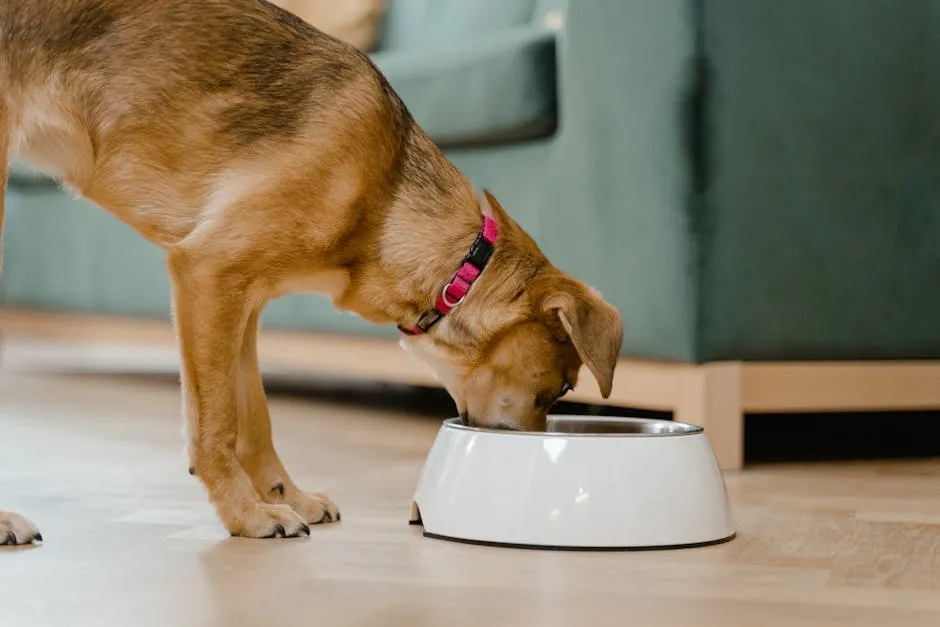
Conclusion
Homemade raw dog food offers many benefits. It provides fresh ingredients tailored to your dog’s needs. You control the quality, ensuring a nutritious diet. Such meals can improve your pet’s coat, energy, and overall health.
However, it’s essential to consider your dog’s specific requirements. Every dog is unique, and their nutritional needs may vary. Consulting with a veterinarian is crucial for personalized advice. They can help you create a balanced meal plan that suits your dog’s health and lifestyle. Your furry friend deserves the best, so take the time to get it right! And if you want to pamper your pup even more, check out a cozy Dog Bed for ultimate relaxation!
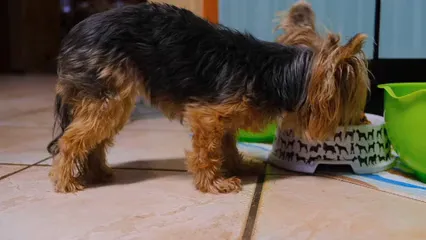
FAQs
What ingredients should I avoid when making homemade raw dog food?
Avoid harmful foods like grapes, raisins, chocolate, and onions. These can cause serious health issues in dogs. Always double-check ingredients to ensure they are safe.
How do I know if my dog is getting a balanced diet?
Look for signs like a shiny coat, good energy levels, and healthy digestion. If you notice dull fur, lethargy, or weight changes, consult your vet for guidance on your dog’s diet.
Can all dogs eat raw food?
Many dogs can benefit from raw diets, but some may not be suited for them. Puppies, older dogs, or those with health issues should consult a vet first. They can help you decide the best diet for your pet.
How much homemade raw dog food should I feed my dog?
Generally, feed about 2-3% of your dog’s body weight daily. Adjust based on activity level and health needs. Regularly monitor their weight to ensure they’re maintaining a healthy condition.
Is it safe to feed my dog raw bones?
Raw bones can provide dental benefits and nutrients. However, avoid cooked bones as they can splinter and cause harm. Always supervise your dog while they chew on bones to prevent choking.
Please let us know what you think about our content by leaving a comment down below!
Thank you for reading till here 🙂
All images from Pexels

